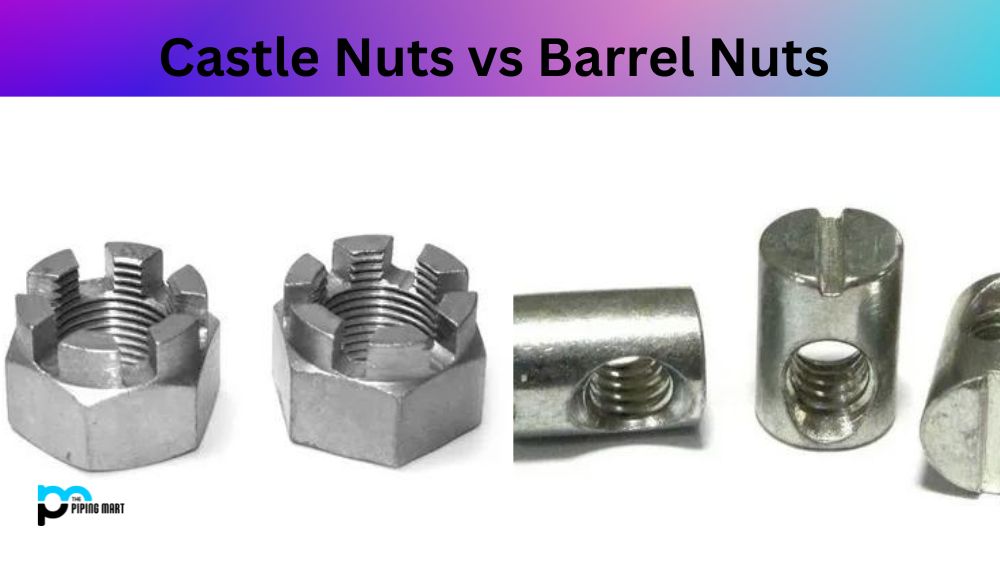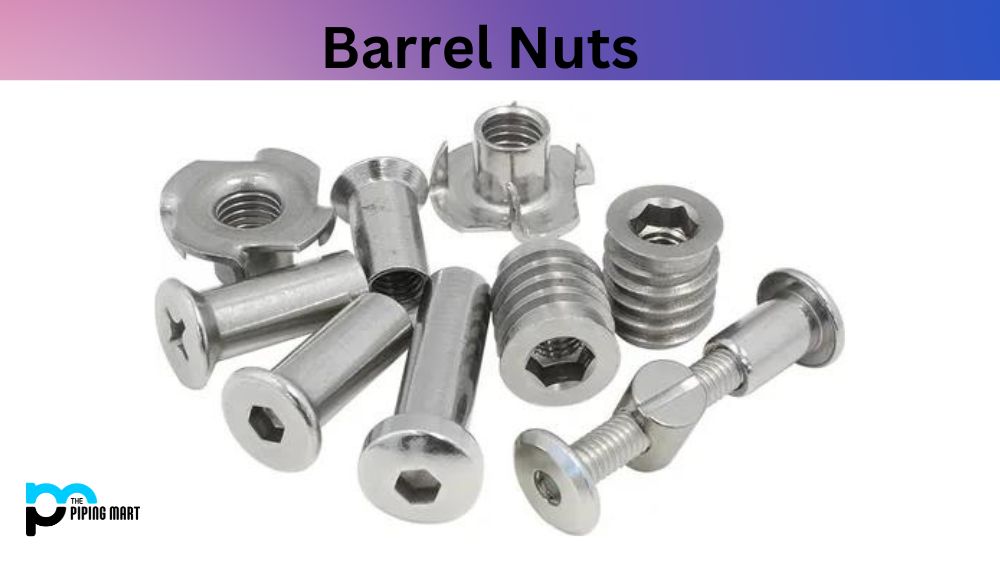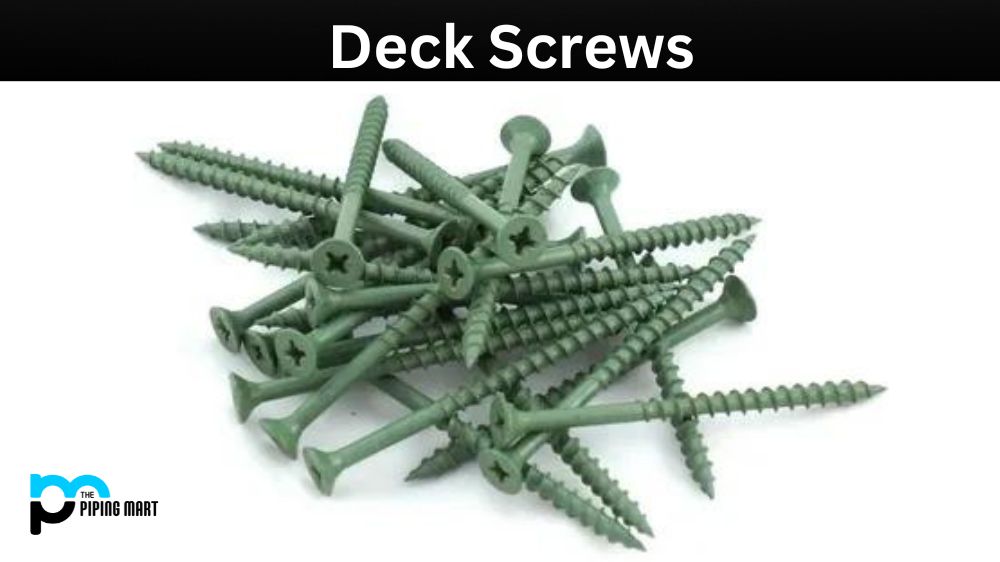When it comes to building and assembling firearms, there are a lot of small parts involved that can make a big difference in the functionality and effectiveness of the weapon. Two such parts are the castle nut and the barrel nut. Although they may look similar and have similar functions, subtle differences between them can have a big impact on your firearm. This blog post will discuss the differences between castle and barrel nuts so you can make informed decisions when building or upgrading your firearm.
What is Castle Nut?
A castle nut, a slotted or frame nut, is an externally threaded fastener used to secure parts together. It comprises two components: the castle and the internal nut. The castle has slots around its circumference that provide gripping points when tightened with a cotter pin or wire. Castle nuts are often used in automotive and machine building applications due to their strength and security. Some notable uses include connecting wheels to axles, securing screws on engines, attaching pistons and rods in cars, holding electrical components in place on circuit boards, etc.
What is Barrel Nut?
A barrel nut is a threaded fastener used to securely hold the barrel of a firearm in place. It is typically made of steel, nickel-plated, and has shallow threads, allowing easy assembly and disassembly. Commonly found on rifles and handguns, the barrel nut helps keep the gun aligned properly when firing rounds, avoiding potential misfires or damage. Some designs even feature an adjustable gas system to adjust bullet velocity. Barrel nuts are also becoming increasingly popular for bicycle locks for added security.
Difference between Castle Nut and Barrel Nut
Purpose
The primary difference between the castle nut and barrel nut is their purposes. The barrel nut is specifically used to attach the barrel to the upper receiver of the firearm. On the other hand, the castle nuts are used to secure and hold the buffer tube onto the lower receiver of the firearm.
Design
Another major difference between castle nuts and barrel nuts is the design. The barrel nut is usually longer and has more threads than the castle nut. The castle nut, in comparison, is shorter and has fewer threads. The reason is that the barrel nut has to hold the barrel tightly, preventing any movement or play, while the castle nut only has to hold the buffer tube in place, which doesn’t require as much strength.
Shape and Appearance
The castle nut gets its name from its “castle” shape, which looks like the tops of the castle turrets. It features two to four notches that protrude from the top surface. These notches secure the buffer tube in place using a castle nut wrench. The barrel nut, on the other hand, has a round or hexagonal shape with beveled edges.
Material
Both castle nuts and barrel nuts can be made from materials such as steel, aluminium, or titanium. However, barrel nuts are typically made from steel because they primarily support the barrel of the firearm, which requires more strength and durability. On the other hand, Castle nuts can be made from lighter materials such as aluminium or titanium since they need to hold the buffer tube in place.
Compatibility
Regarding compatibility, it’s important to note that the castle and barrel nuts are not interchangeable. Each has its specific use and fitment, meaning a castle nut cannot be used as a barrel nut and vice versa. It’s essential to use the correct nut for its specific purpose to ensure your firearm’s effectiveness, reliability, and safety.
Conclusion:
In conclusion, the castle nut and barrel nut may seem like simple and identical parts, but they have critical differences in design, purpose, and function. Barrel nuts are essential for the connection between the barrel and the upper receiver of the firearm, while castle nuts secure the buffer tube to the lower receiver. The castle nut is smaller and allows lightweight materials, while the barrel nut must be made of steel to withstand the pressure. And they are not interchangeable. Knowing the differences between these nuts can go a long way in helping you make the right decisions when upgrading or building a firearm.

A passionate metal industry expert and blogger. With over 5 years of experience in the field, Palak brings a wealth of knowledge and insight to her writing. Whether discussing the latest trends in the metal industry or sharing tips, she is dedicated to helping others succeed in the metal industry.




